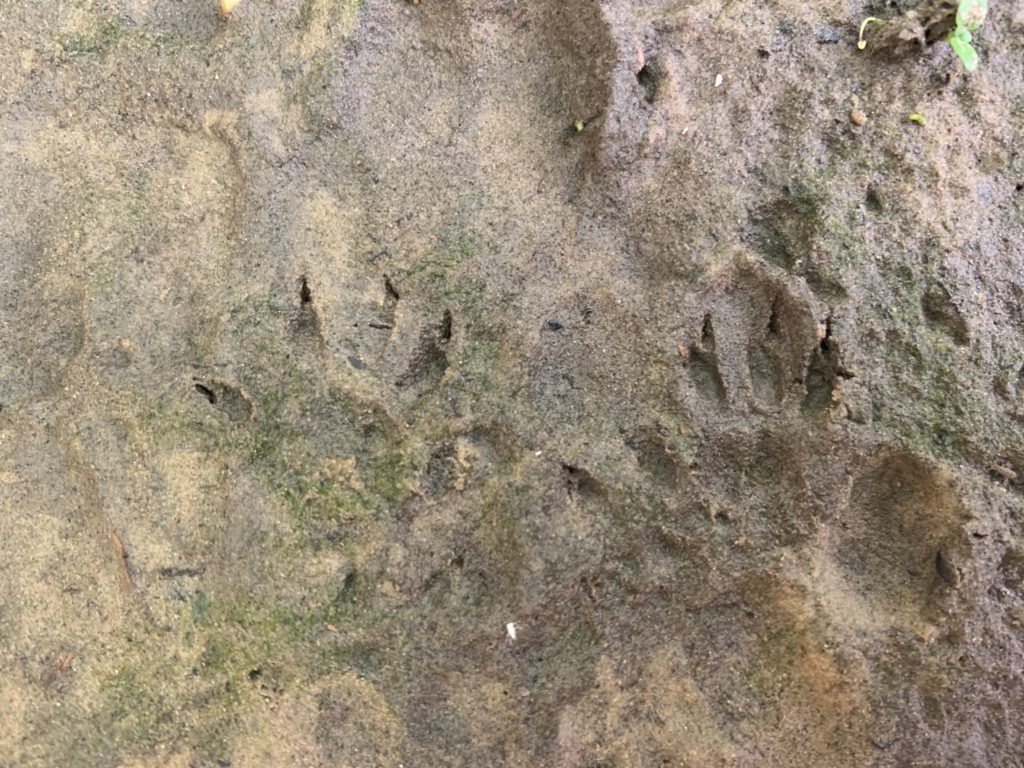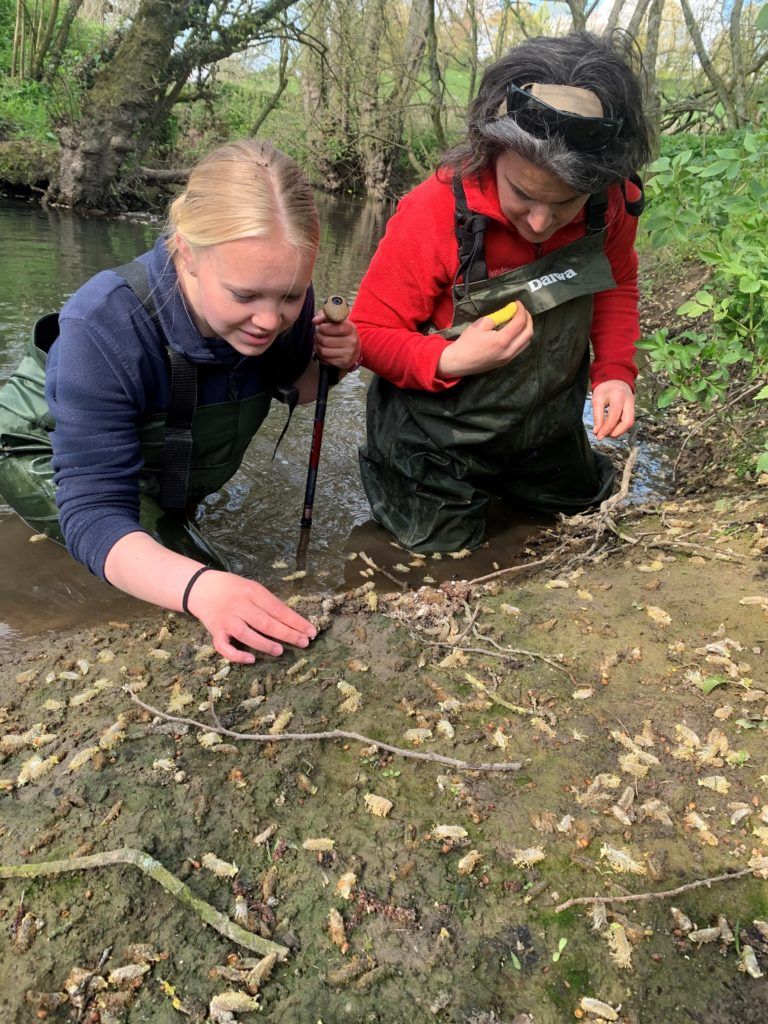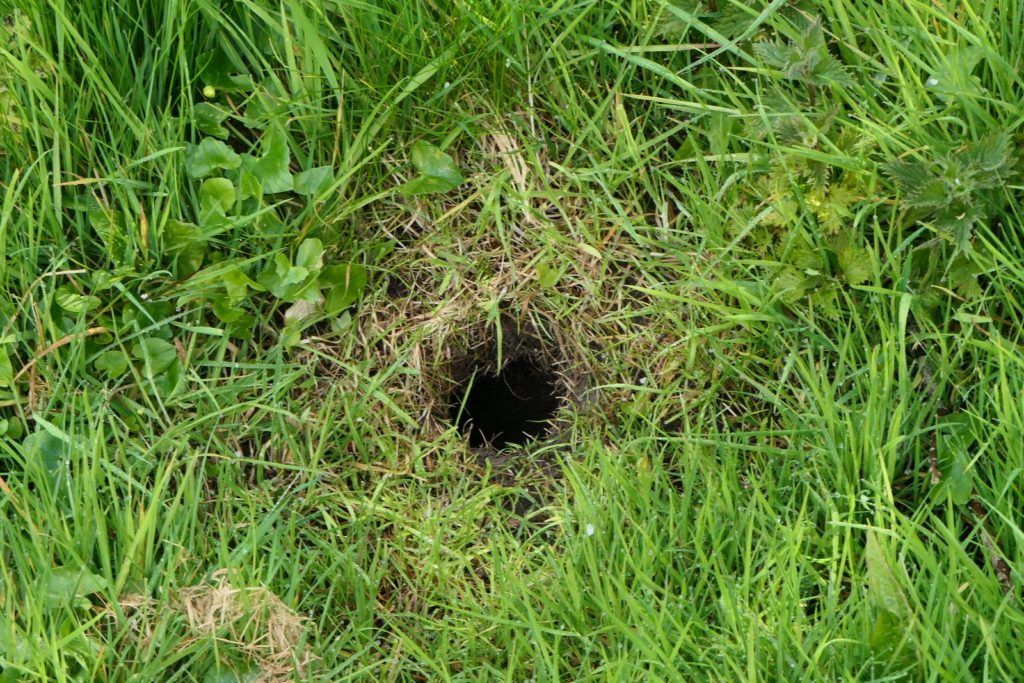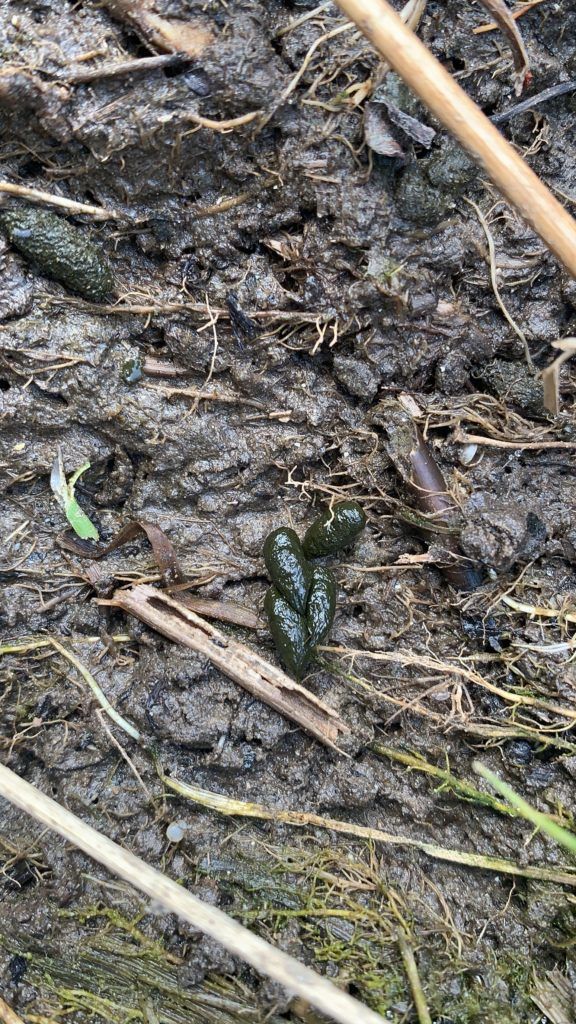Isabel Fry has been out surveying water voles as part of the National Water Vole Monitoring Programme, which PTES runs every year. Find out more about the programme and get involved here.
Found along our waterways, water voles are similar-looking to the brown rat, but with a blunt nose, small ears and furry tail.
Sadly, water voles are disappearing. They started to lose their homes in the 1940s and 50s with the intensification of agriculture, but the most devastating factor to their demise came during the 1980s and 90s. Illegally released American mink spread furiously across the countryside, preying on the vulnerable native mammals, and continue to do so today. In just ten years water vole numbers had crashed by almost 90%.
Surveying plays a crucial role in monitoring water vole presence or absence, as well as relative abundance, at sites across England, Scotland and Wales. We check on an annual basis so we can detect any changes in their populations and distribution.
Over the past few weeks, I have been chest deep in a freezing cold local river, surveying for signs of water voles. There are four main things I look for: burrows, footprints, feeding signs and droppings.
Burrows
Good news – we found hundreds of burrows! There burrows are generally oval shaped, usually 5-8cm wide and often seen along the water’s edge and bank (some may be under the waterline). They often have a ramp (sometimes called a slip) outside the burrow, where the water voles slide out!
Burrows at the top of the bank can also have a distinctive cropped ‘lawn’ surrounding them, where the voles have cut a clear path around the opening.
Footprints
Water voles have star-shaped footprints. Their footprints are similar to a rats, but have a shorter heel and the first and fifth toes are at right angles to the three central toes.
Feeding signs
Diagonally nibbled stalks of grass and small piles of leaves left along tunnels in long grass indicate the presence of water voles. However, field voles and bank vole do leave similar feeding signs, so always look for supporting evidence, ideally water vole droppings.
Droppings
Piles of droppings, called latrines, are used as territory markers by female water voles during the breeding season. The droppings are usually 8-10mm long, with virtually no odour. They’re described as having a tic-tac shape, which makes them particularly distinctive. We had a fantastic survey with lots of promising signs of voles living on the river! Here are our results:

I’ll be surveying again in a few weeks! If you have time to take part in a PTES water vole survey, click here for more information!
Written by Isabel Fry. Find Isabel at her website and on Instagram.




